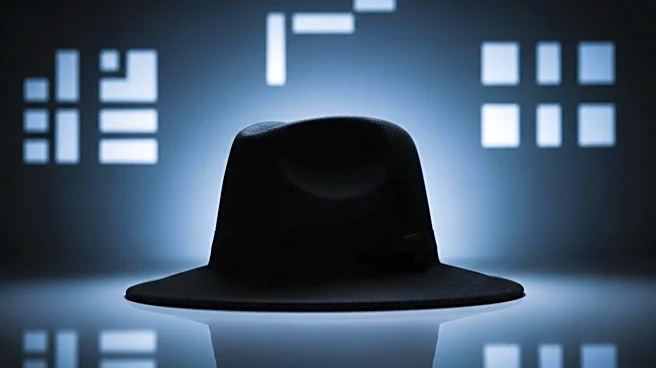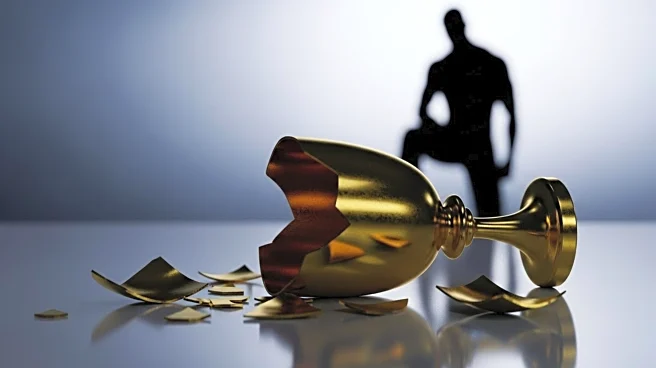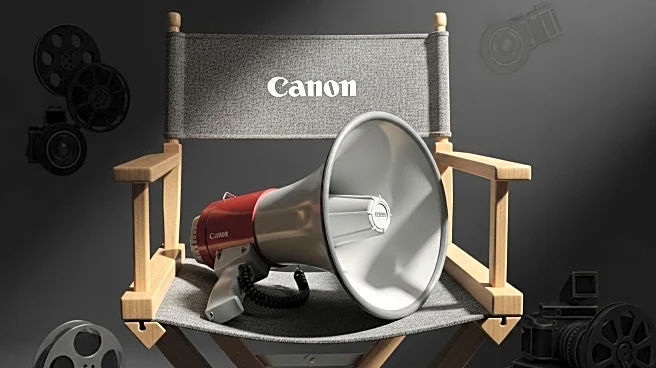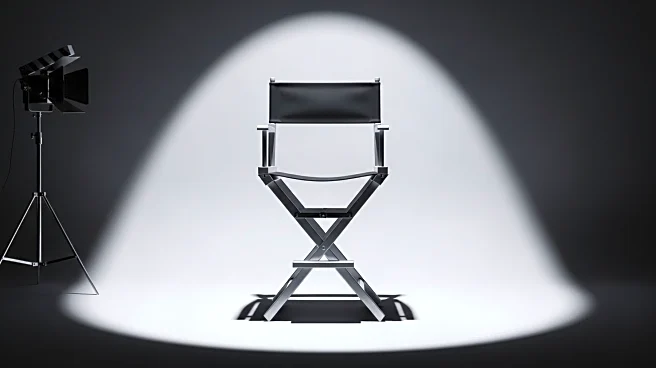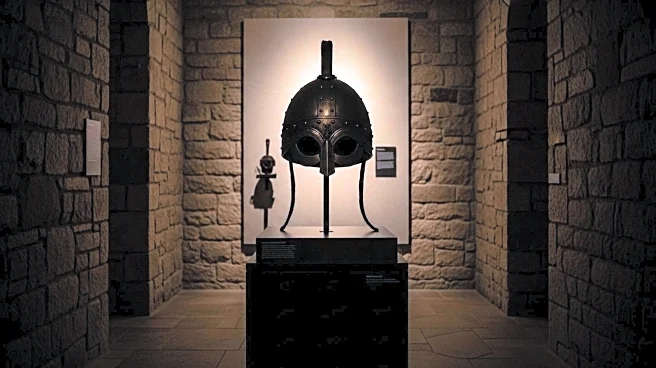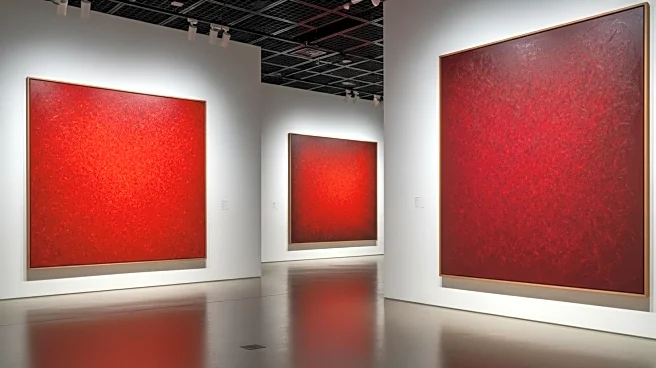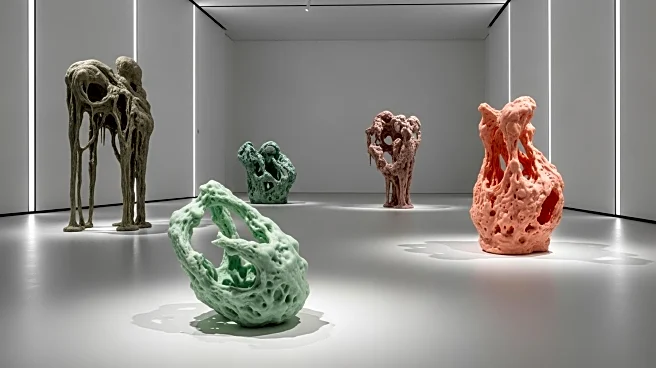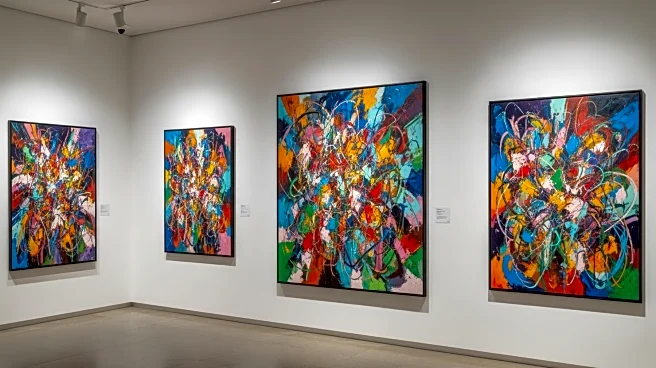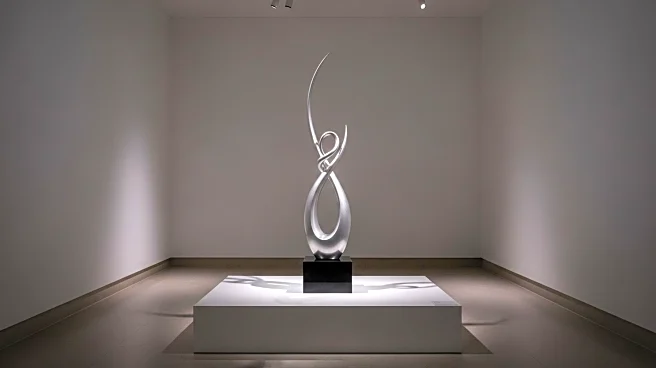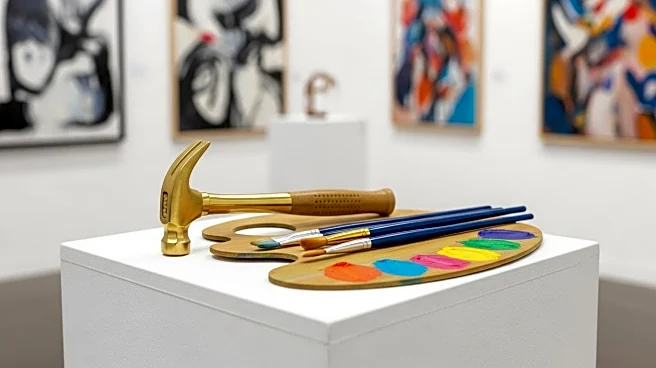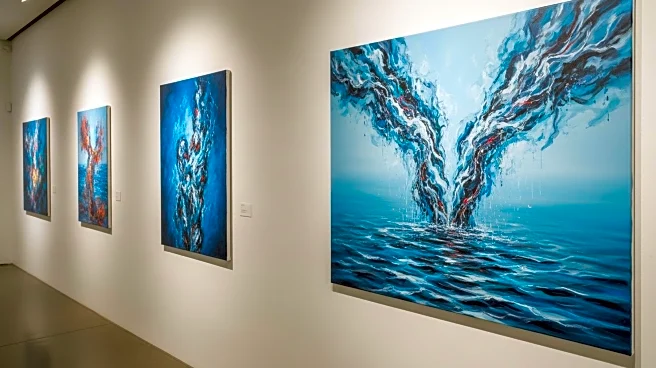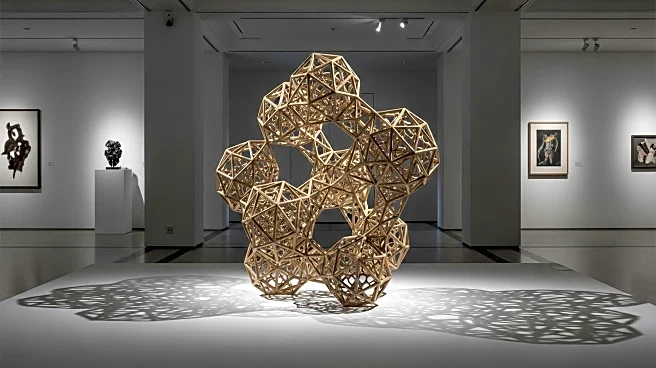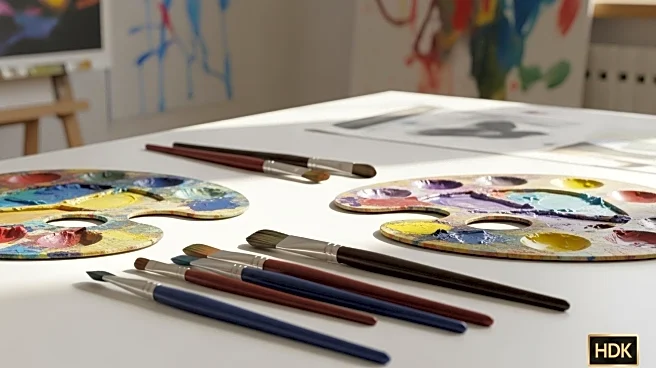What is the story about?
What's Happening?
The British Museum's exhibition titled 'Nordic Noir' has been criticized for its lack of substance and failure to capture the essence of the genre. The exhibition features modern and contemporary Scandinavian graphic art, including works by artists like Ragnar Kjartansson and Olafur Eliasson. Despite the museum's acquisition of 400 examples of Nordic graphics, the exhibition has been described as insipid and lacking the soulfulness of Edvard Munch's masterpieces. Critics argue that the museum's attempt to connect contemporary works with Munch's legacy falls short, with many pieces appearing derivative and uninspired.
Why It's Important?
The criticism of the 'Nordic Noir' exhibition highlights the challenges faced by institutions like the British Museum in balancing historical art with contemporary works. The museum's collaboration with the AKO Foundation, a cultural arm of an investment partnership, raises questions about the influence of corporate sponsorship on art curation. The exhibition's reception may impact future decisions on acquisitions and exhibitions, as museums navigate the tension between preserving historical art and embracing modern trends. The debate underscores the importance of maintaining artistic integrity and relevance in museum collections.
Beyond the Headlines
The exhibition's reliance on corporate sponsorship and investment partnerships reflects broader trends in the art world, where financial interests can shape artistic direction. The criticism of 'Nordic Noir' may prompt discussions on the ethical implications of such collaborations and the need for transparency in art curation. Additionally, the exhibition's failure to resonate with audiences could lead to a reevaluation of how museums approach contemporary art, emphasizing the importance of curatorial expertise and audience engagement.
AI Generated Content
Do you find this article useful?
